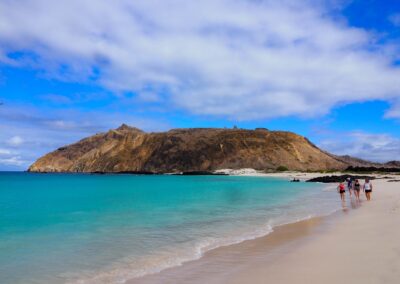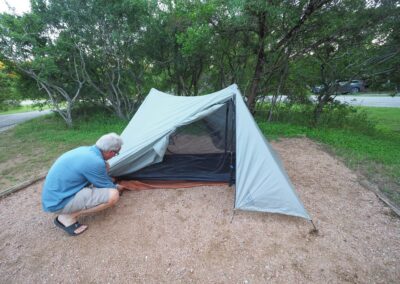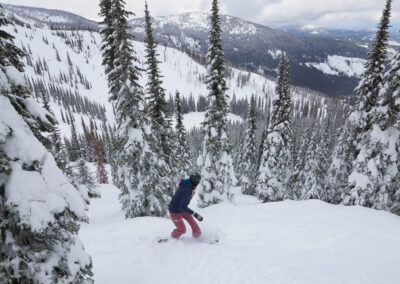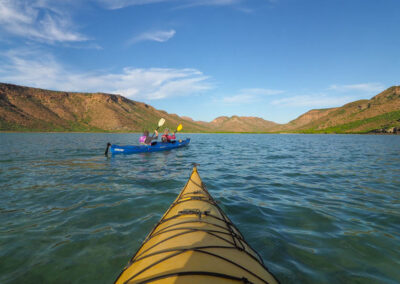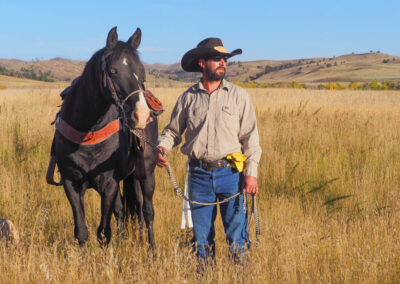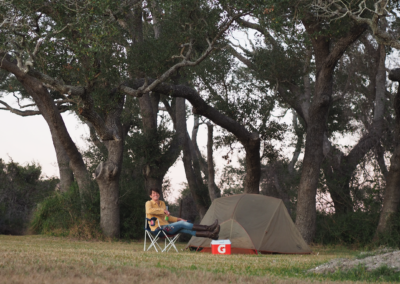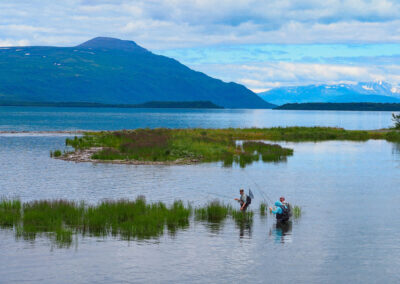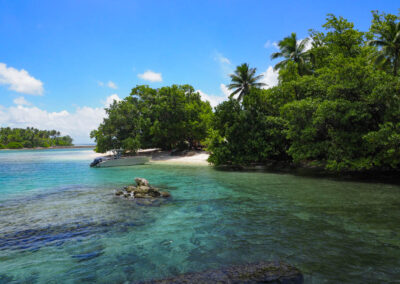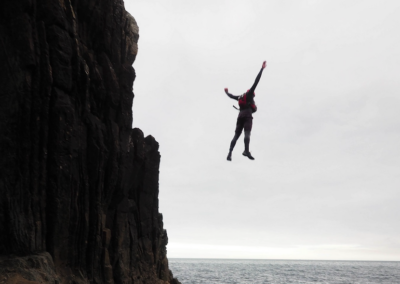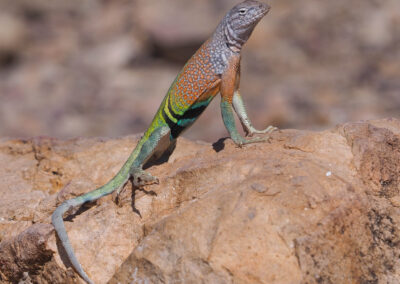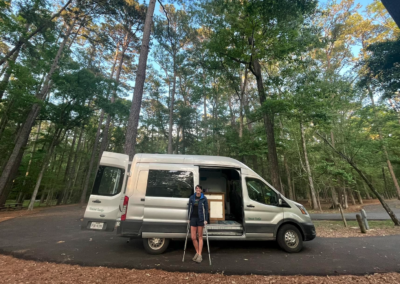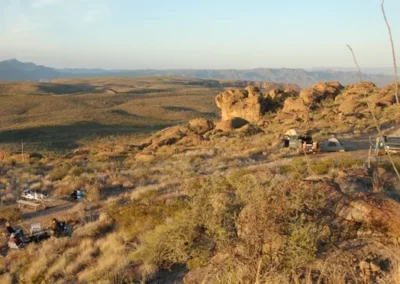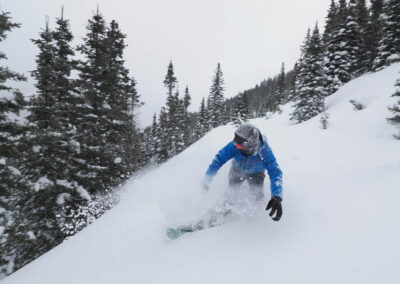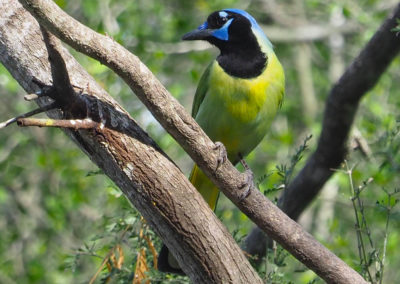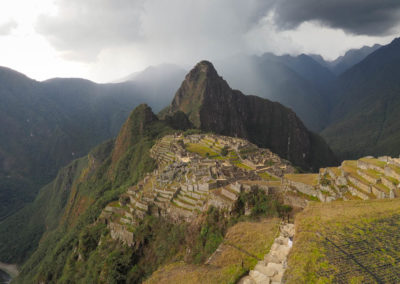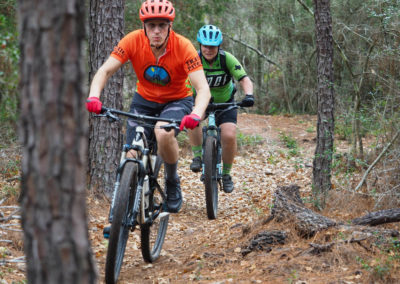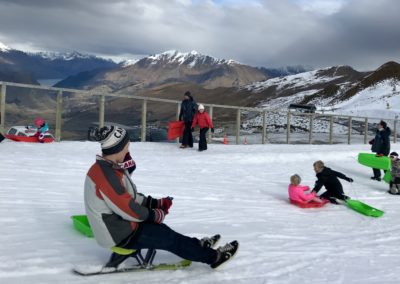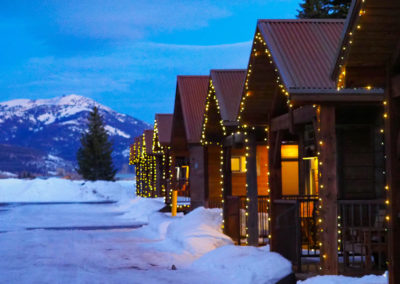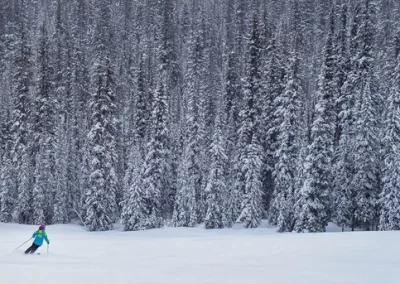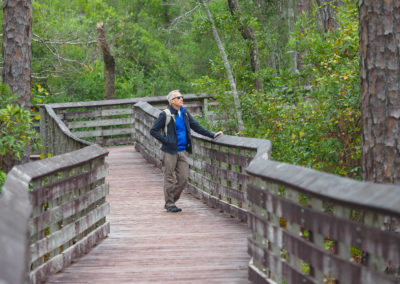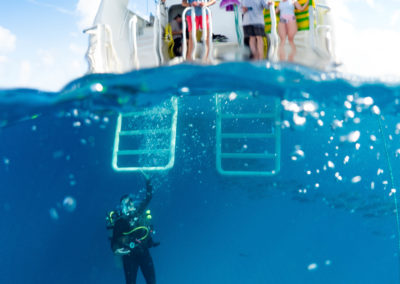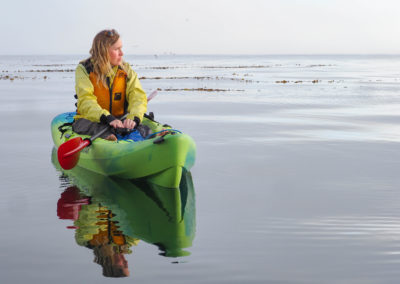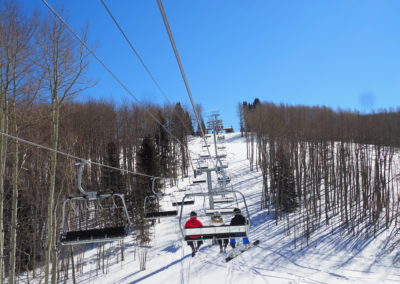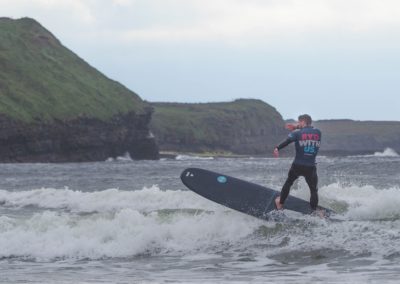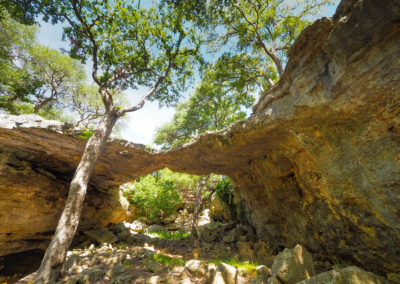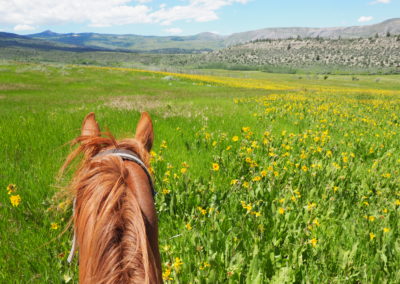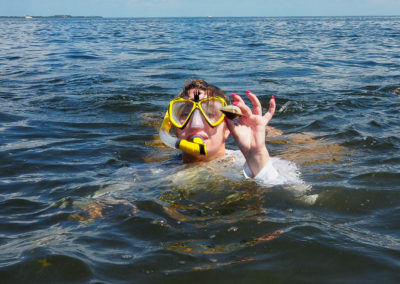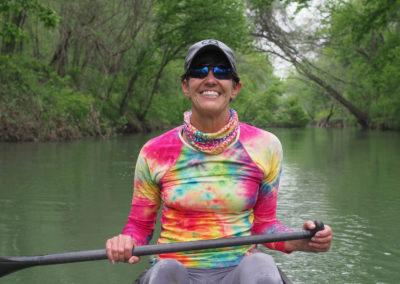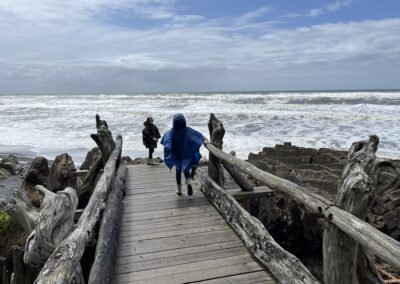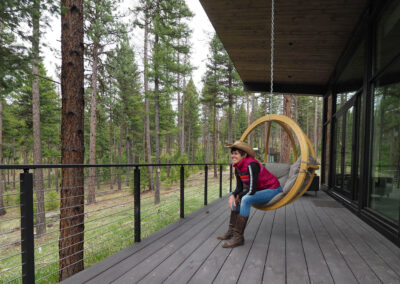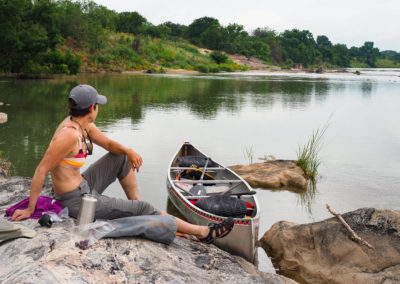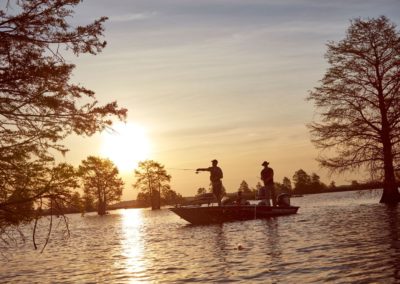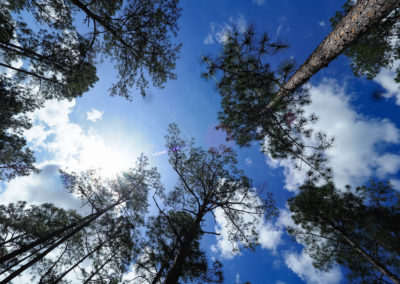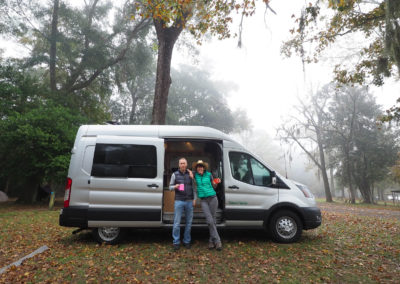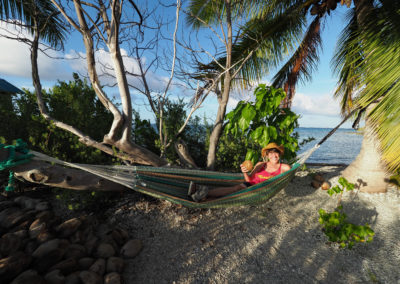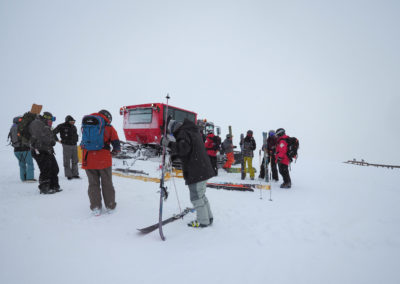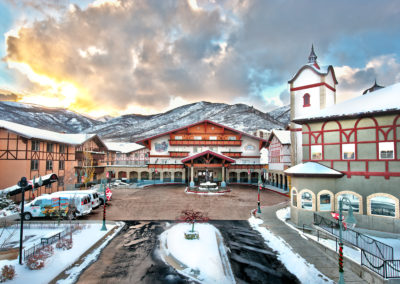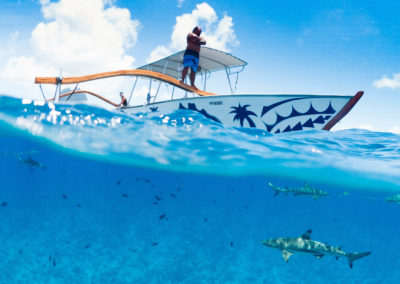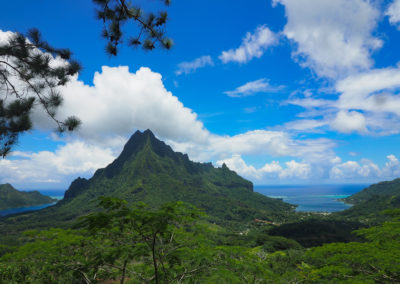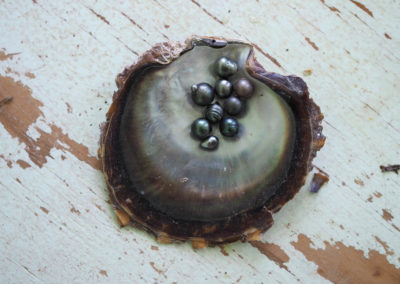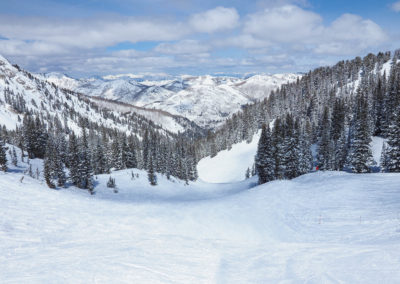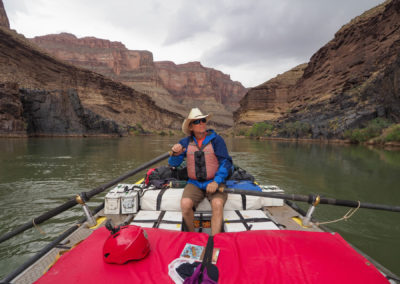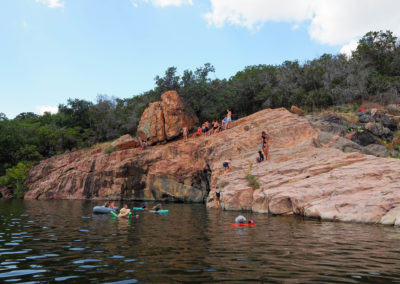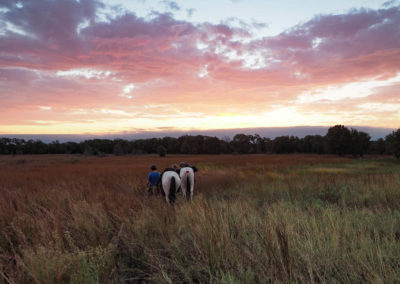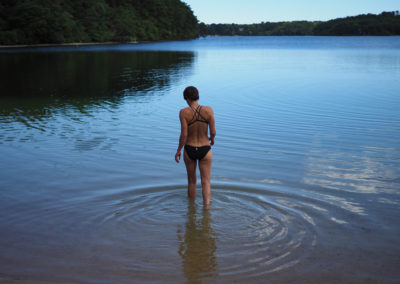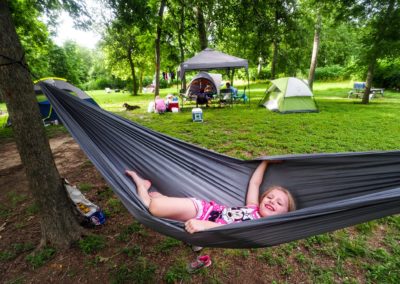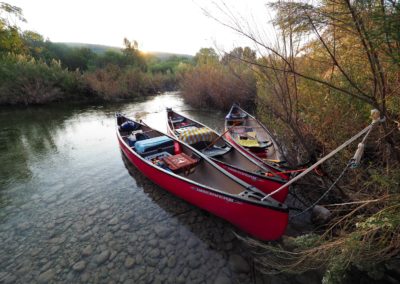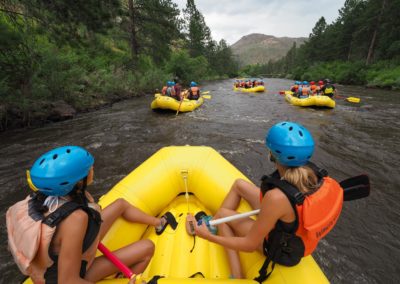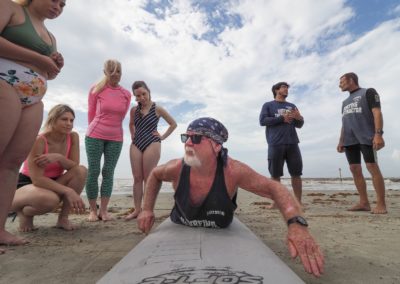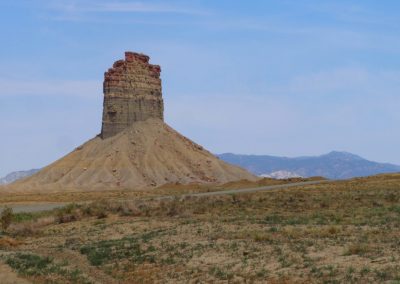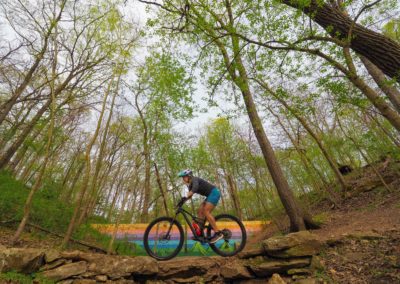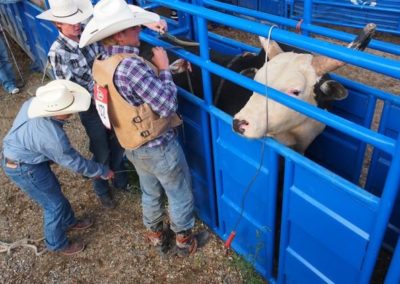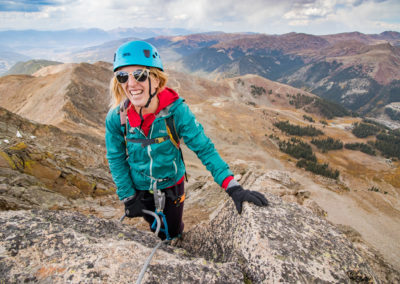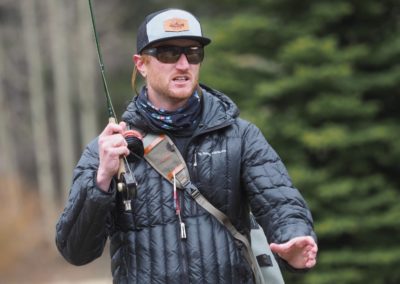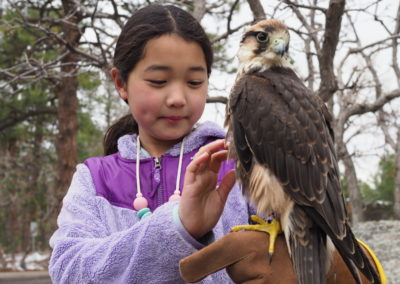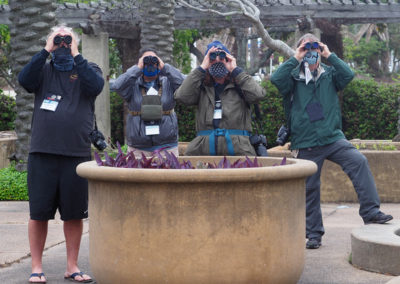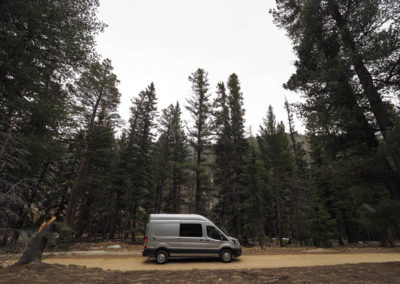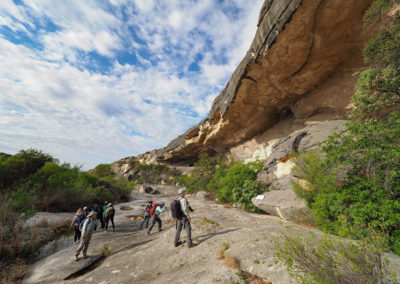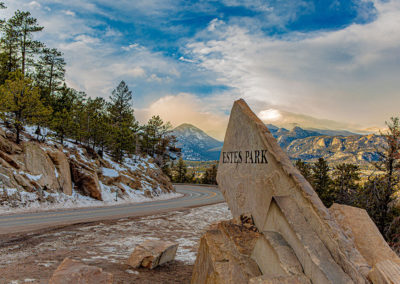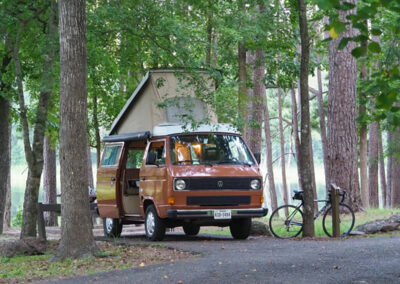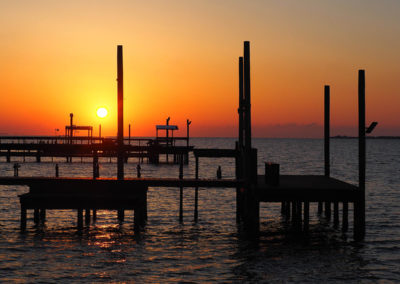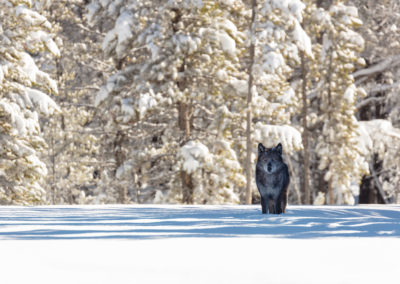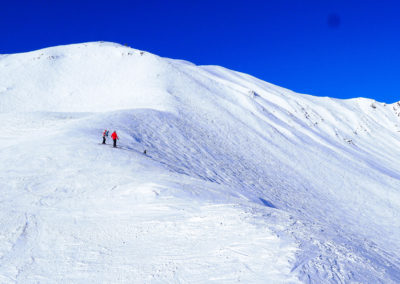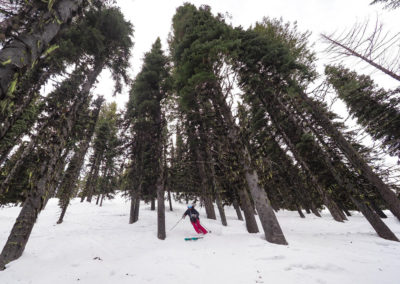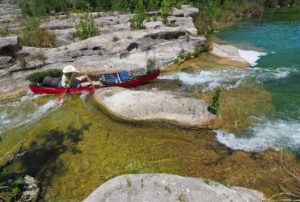
Jimmy Harvey navigates Game Warden Rock rapids on the Devils River. Pam LeBlanc photo
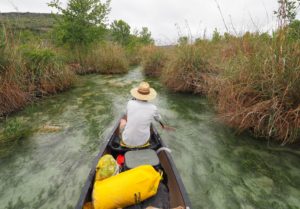
Chris LeBlanc steers into a reed maze on the Devils River in May 2021. Pam LeBlanc photo
I just wrapped up my fourth paddling trip – and the third in the last year – down the Devils River in West Texas last week.
I always get tons of questions on what it’s like and how to do this trip. I’ll be writing a more complete story later this year, but for now, here are a few pointers.
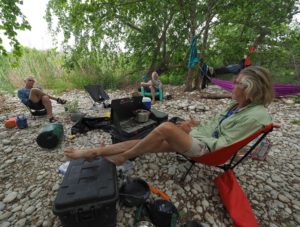
Campers gather on an island in the Devils River during a canoe camping trip in May 2021. Pam LeBlanc photo
1. Don’t rush it. Sure, you could paddle the Devils River from the put-in at Baker’s Crossing to the Dan Hughes Unit of the State Natural Area in two or three days. I take five. That gives me time to enjoy the scenery, swim in the clear water, and look at birds, butterflies and porcupines along the way.
2. Be careful where you camp. It’s legal to camp on islands in the middle of the river (make sure there’s water flowing on both sides), or you can get a permit from the Texas Parks and Wildlife Department to use their overnight paddle camps along the way. Respect private property rights.
3. Tread lightly. This river is pristine. Don’t litter. Pick up any trash you find along the way. We found – and gathered – about a dozen beer cans, a couple of fishing lures and an old fishing rod in five days of paddling last week.
4. Be prepared. This river is no joke. Carry a satellite phone or GPS tracker, and know that it would take many hours for someone to reach you in case of emergency. If you’re not an experienced paddler, go with a guide. Bring a personal flotation device and wear it when you’re paddling through rapids.
5. Scout the rapids. It’s smart to get out and look before you blast through some of the rapids, like Game Warden Rock, Indian Creek and Three Tier Rapid. They can be dangerous if you don’t know what you’re doing.
6. Portage Dolan Falls. This is a no-brainer, but last week I watched an unsuspecting kayaker fall out of his boat and tumble over Dolan Falls – without a life jacket or helmet. This is how people drown, folks.
7. Pack the right gear. Bring a spare paddle. You’ll also need a tent, sleeping bag, camp stove, food, GPS tracker, proper footwear, line for portaging your boat and a first aid kit. A folding chair and hammock are nice additions. Bring water, too – or a filtration system so you can drink river water.
8. Plan your shuttle. There aren’t many legal access points on the Devils. We used outfitter Gerald Bailey to drive us to the put in at Baker’s Crossing. For a much shorter paddle, you can also hire Amistad Expeditions to put you in at the upper unit of the Devils River State Natural Area; they can pick you up at the lower unit. That trip makes a good one-night run.
9. Remember, it’s catch and release if you’re fishing. That helps protect the population of native trout.
10. Keep an eye out! I’ve seen porcupine, tarantulas, snakes, deer, hogs, hawks and more on the river. Don’t harass the wildlife, but enjoy it.

A diamond back water snake relaxes on a rock along the Devils River. Pam LeBlanc photo
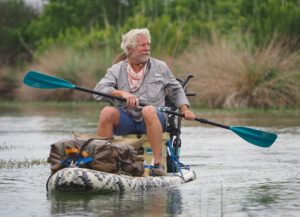
Jason Jones paddled his inflatable standup paddle board down the Devils River in May 2021. Pam LeBlanc photo
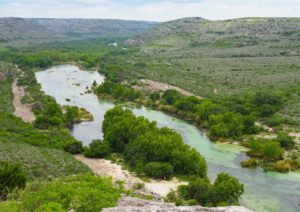
Get this view of the Devils River by hiking up a ridge in Devils River State Natural Area. Pam LeBlanc photo








